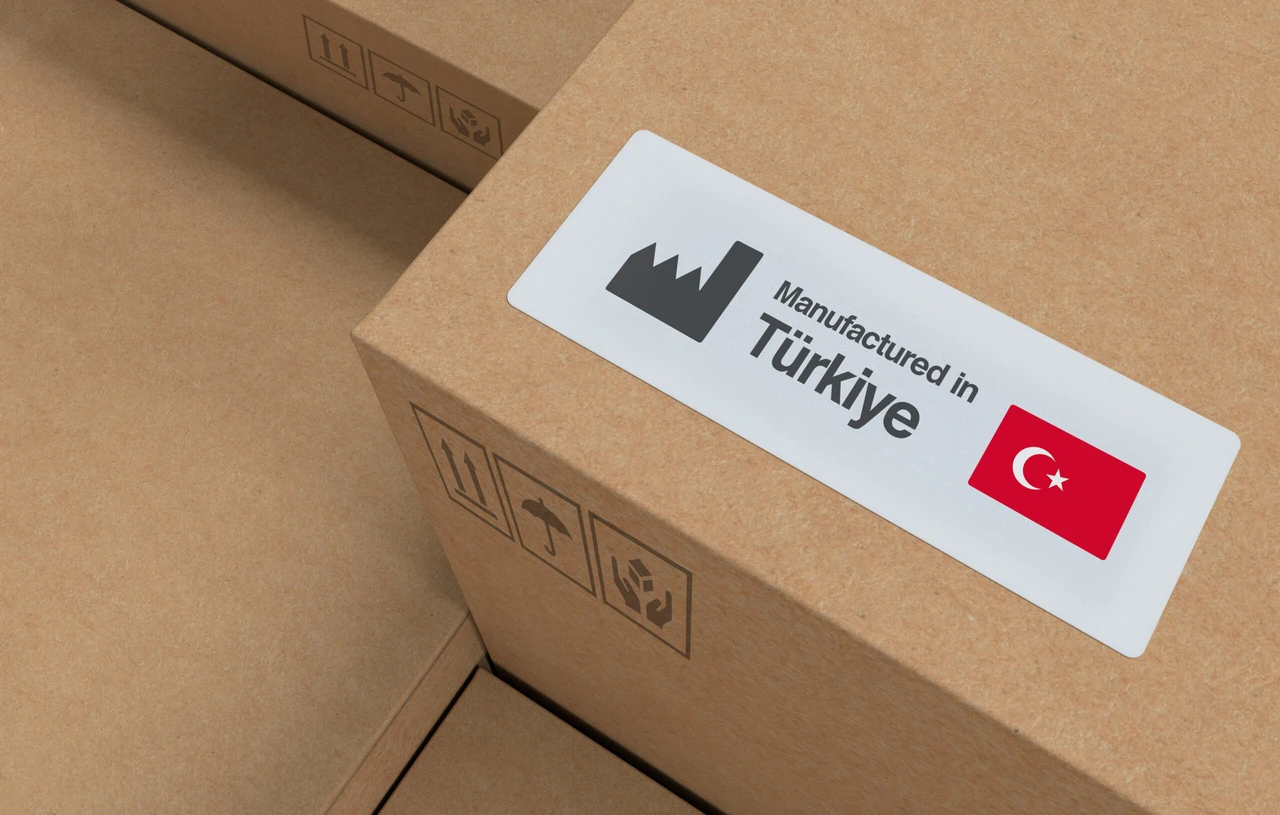EU remains top destination for ‘Made in Türkiye’ products
 A 3D render depicts cardboard boxes labeled "Manufactured in Türkiye" with the Turkish flag, highlighting the nation's expanding presence in global supply chains. (Adobe Stock Photo)
A 3D render depicts cardboard boxes labeled "Manufactured in Türkiye" with the Turkish flag, highlighting the nation's expanding presence in global supply chains. (Adobe Stock Photo)
Despite sluggish growth and mounting recession fears in the EU, Turkish exports to Europe increased by 7.1% year-on-year in January, reaching $10.3 billion, according to the Turkish Exporters’ Assembly (TIM).
According to the data, 48% of Türkiye’s exports were sent to Europe, while total Turkish exports rose 5.8% on an annual basis last month to $21.1 billion.
Türkiye’s top export items to Europe in the first month of 2025 are as follows:
- The automotive industry led Türkiye’s exports to Europe in January with $2.6 billion.

- Chemicals and chemical products followed, totaling $1.4 billion.
- Ready-to-wear clothing and apparel came next with $1.1 billion.
- Electricity and electronics exports amounted to $752.7 million.
- Ferrous and non-ferrous metals reached $767.1 million.
- Steel exports stood at $691.8 million.
Germany still top market for ‘Made in Türkiye’ products
Germany remained the top destination for Turkish exports in January, with shipments totaling $1.6 billion, followed by the UK with $1.1 billion, Italy with $910.5 million, France with $795.7 million, and Spain with $774 million.
Most Turkish exports to Europe in January were from Istanbul, accounting for $2.9 billion in January. At the same time, exports from the northwestern provinces of Kocaeli and Bursa followed with $1.4 billion and $948.8 million, respectively, while Izmir, in the southwest, recorded $625.1 million in exports to Europe, Ankara saw $419.2 million and Sakarya, in the northwest, exported $385.7 million.
Geopolitical tensions with the war in Ukraine and tight monetary policies in the face of high inflation give rise to vulnerabilities in Europe. U.S. President Donald Trump’s global tariff threats and potential further tariffs also affect the economy of the region.



